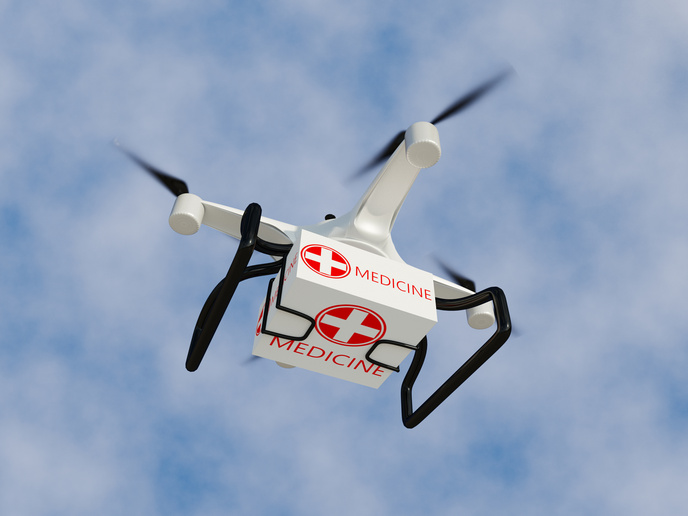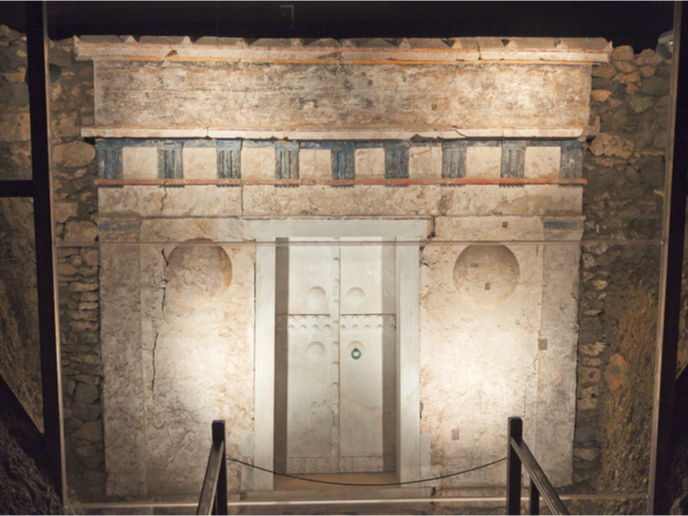Drone network delivers vital connectivity in disaster zones
Ensuring good communication in emergency situations is critical. A crippled cellular network caused by a major earthquake, for example, can significantly impair rescue efforts. “It can take days, depending on the circumstances, to get everything back online,” explains HERMES project leader Prodromos Mekikis, currently a researcher at the corporate research and technology unit of the Hilti Group in Liechtenstein.
Drones to deliver ad hoc communications network
This scenario made Mekikis and his colleagues think about the utility of having a flexible deployment of drones on hand. These drones, equipped with communication technology, could provide a vital, ad hoc comms network for rescuers. Such a network could also potentially be deployed in rural areas with weak coverage, or in dense urban areas if networks become overloaded. Through the HERMES project, supported by the Marie Skłodowska-Curie Actions programme, Mekikis set out to demonstrate the viability of this concept. The project was coordinated by George Karagiannidis, a professor at the Aristotle University of Thessaloniki in Greece. Mekikis began by identifying the key challenges to be overcome. “The first obstacle is connectivity,” he says. “You need to be able to ensure connectivity among drones; between drones and users; and between drones and the network’s back end.” A second challenge is energy. Drone battery lives tend to be limited – up to an hour – and simply adding more batteries just adds more weight. A final challenge is orchestration; any network of drones needs to operate seamlessly, to ensure uninterrupted connectivity.
Integrating reconfigurable intelligent surfaces
The project focused on the potential of using reconfigurable intelligent surfaces (RISs). These are programmable structures that can be manipulated to control the reflection of electromagnetic waves. The idea is that installing them in drones could help increase uninterrupted cellular connectivity. “We began with theoretical analyses to compare RIS performance with other technologies,” notes Mekikis. “We then carried out experiments to characterise the performance of early prototypes.” To address the energy issue, and to ensure a perfectly orchestrated network of drones, automated software was developed, based on game theory and optimisation algorithms. “We thought about all the required steps that allow a safe and efficient operation – which drone is running low on energy; which charging station is occupied; where the demand for coverage is most concentrated,” explains Mekikis. “These complex calculations all needed to be automated.”
Comms solution for search and rescue teams
These proposed solutions were then integrated, and trials in a simulated environment conducted. While this involved a fraction of the number of drones required to maintain communication in a real-life disaster, Mekikis was able to demonstrate the viability of the system. “We showed that such a network is feasible,” he says. “I think this could be very beneficial for search and rescue teams. For me, that would be the next step forward; to involve end users such as this.” This project has also enabled Mekikis to build on his interest in leveraging technology for societal benefit. “Throughout my career, I’ve been keen on finding ways to use technology to enhance safety and potentially save lives,” he adds. “Currently, I’m working on how the internet of things (IoT) can improve safety and productivity at construction sites, which aligns well with my previous work on the HERMES project.”
Keywords
HERMES, drones, RIS, disaster, emergency, communication, electromagnetic, cellular







